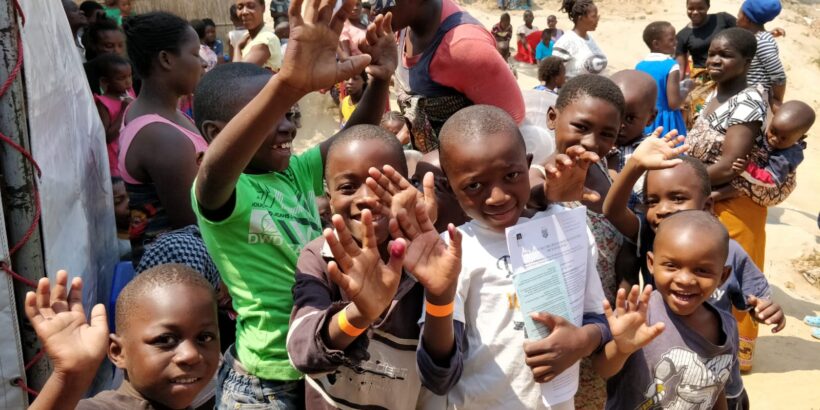Getting sick comes with costs—both physical as well as economic. Treatment costs and lost wages while recuperating or taking care of a sick family member can be detrimental to families. We know that typhoid recovery can be long, causing children to miss school, or adults to be absent from work, for weeks.
Cost and cost-effectiveness are also major considerations when countries are deciding whether to introduce new interventions like vaccines. Knowing the cost of illness for a particular disease can help decision-makers choose whether to introduce a preventative intervention.
The importance of local data
A key component of cost-effectiveness calculations are the cost of disease episodes. While there are several typhoid cost-of-illness studies from Asia, data are more limited from Africa apart from a small costing study in Tanzania. This leaves some countries in the region without local data as they consider typhoid conjugate vaccine (TCV) introduction. To help fill this gap, my team and I conducted a study to estimate the cost of typhoid illness among children and adults with typhoid in Blantyre, Malawi.
109 cases of typhoid were included in the study. We collected information about medical costs for items such as consultations and medications, as well as transportation costs to and from the health facility and income lost while recovering or taking care of sick children. We also collected information about healthcare provider costs such as staff salaries, laboratory tests, and other hospital expenditures for typhoid cases. Our data include both inpatient and outpatient care.
Typhoid’s economic burden in Malawi
Despite free healthcare in Blantyre, 44 percent of households in our study experienced catastrophic costs following a typhoid illness in their family. Catastrophic costs are when the total cost of illness is more than 40 percent of a family’s monthly budget, excluding food. Furthermore, 16 percent of households experienced illness costs that were more than total monthly income.
Few families in Malawi have the savings to absorb these costs. Participants reported reducing other household expenses or going into debt to cover these costs. Typhoid is very common in Malawi, with an estimated 444 cases per 100,000 people each year. The high economic burden from typhoid, despite widely accessible free healthcare, suggests that TCV introduction could have a huge impact. Additionally, the cost to the Malawian government is substantial for typhoid treatment, exceeding the costs of many other childhood illnesses.
By preventing illness, typhoid vaccination will protect children from getting sick and protect households from impoverishment due to treatment costs. Immunization with TCV would also free up government resources for other healthcare priorities.
Typhoid conjugate vaccines in Malawi
TCVs are highly effective. A study in Malawi found 84 percent efficacy in children vaccinated with TCV. The Government of Malawi plans to introduce TCV into the routine childhood immunization schedule next year. Our study helps show the value of this investment both in preventing illness and the additional economic benefits for families.



